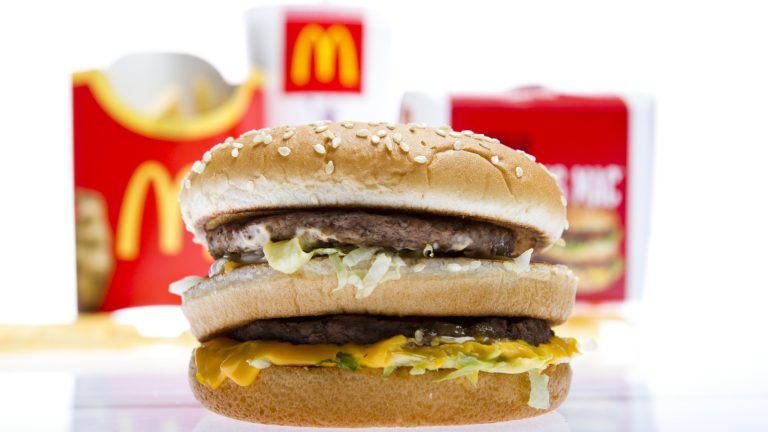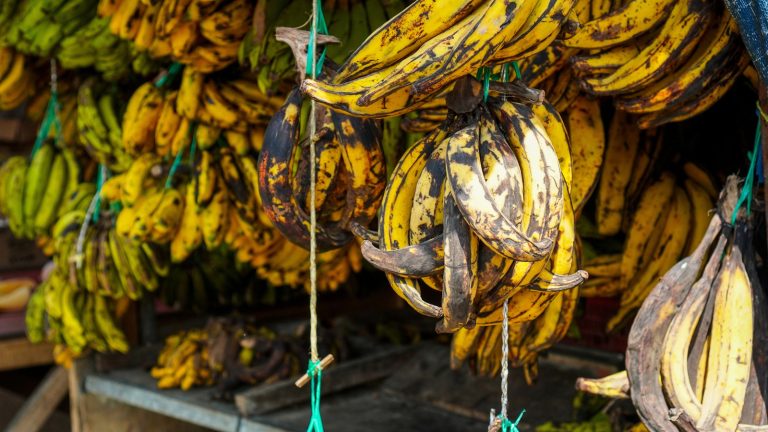If you’ve ever been in the mood for a cold one but have zero interest in getting tipsy, good news: There are beers with all of the flavors but little or none of the buzz! Called low-alcohol and non-alcoholic (NA) beers, they’ve exploded in popularity in recent years, and there are now more options on the market than ever before. But what are the differences between them?
The key difference is exactly what their names suggest. Non-alcoholic beers contain very little to no alcohol and are the weakest “alcoholic” drink that you can buy, while low-alcohol options have reduced alcohol content compared to the usual drink. The specific percentages vary by region though. In the U.S., for instance, the Alcohol and Tobacco Tax and Trade Bureau says that beverages with less than 0.5% alcohol by volume can be labeled “non-alcoholic,” while anything higher up to 2.5% ABV is considered “low-alcohol” until meeting the normal threshold.
Meanwhile, across the pond in the U.K., beers with less than 0.5% alcohol are called “de-alcoholized,” and low-alcohol beers are considered anything with 1.2% ABV or less. No matter what term is used, both of these options offer less of a punch than the usual beer, which is often around 4% to 5% ABV. This makes them perfect for workday lunches, designated drivers, or anyone looking to enjoy the taste of beer while staying clear-headed.
How reduced-alcohol beers are made
We know what you’re wondering: How exactly do they take the alcohol out of beer? There are two popular approaches. The first, often called the physical method, involves brewing regular beer, then filtering out the alcohol through processes like steam distillation, vacuum distillation, and reverse osmosis. This is the most popular method since it allows the brewery to maintain the beer’s flavor characteristics while taking out the undesirable alcohol.
In the second method, the brewery modifies the brewing process itself to produce a type of beer that’s low-alcohol right out of the pot. For instance, special yeast strains could be used that, while still capable of producing the familiar flavor of beer, have limited fermentation ability. They can also change the fermentation temperature, which is a technique used in cold contact fermentation. The wort is fermented at very low temperatures (near freezing), which effectively reduces yeast activity and limits alcohol production, resulting in beers with less than 0.5% ABV. Despite the different production process, low-alcohol and NA beers mirror traditional beer varieties. You’ll find them under all sorts of brands and in many types: lagers, IPAs, stouts, wheat beers, and more. Feel free to take your pick!
The flavor of reduced-alcohol beers
Needless to say, there are often noticeable differences between the flavor of regular beers and their low-alcohol or NA counterparts. Ethanol itself contributes to beer’s flavor, both directly through its own taste (perceived as sweet and bitter) and indirectly by affecting how we perceive other flavor compounds. So without ethanol’s warming sensation and mouthfeel, no matter what it says on the can, it won’t taste 100% like your regular pint.
NA beers produced through physical de-alcoholization methods tend to lose some of the fruity esters and higher alcohols that contribute to the beer’s aroma, so you might not be very happy with it if you enjoy tasting the more complex flavor notes in a brew. On the other hand, those made through biological methods often retain more aldehydes, which can manifest on the palate as a worty, malty flavor. This could make the beer taste unbalanced. It’s because of this that many brewers now add back flavor compounds or use dry-hopping techniques to enhance aroma and mask any off-notes in NA beers. But no worries, breweries have done a lot of work to improve flavors. So as long as you pick a good brand, you should be able to have a buzz-less drink that tastes no different than the usual stuff!







